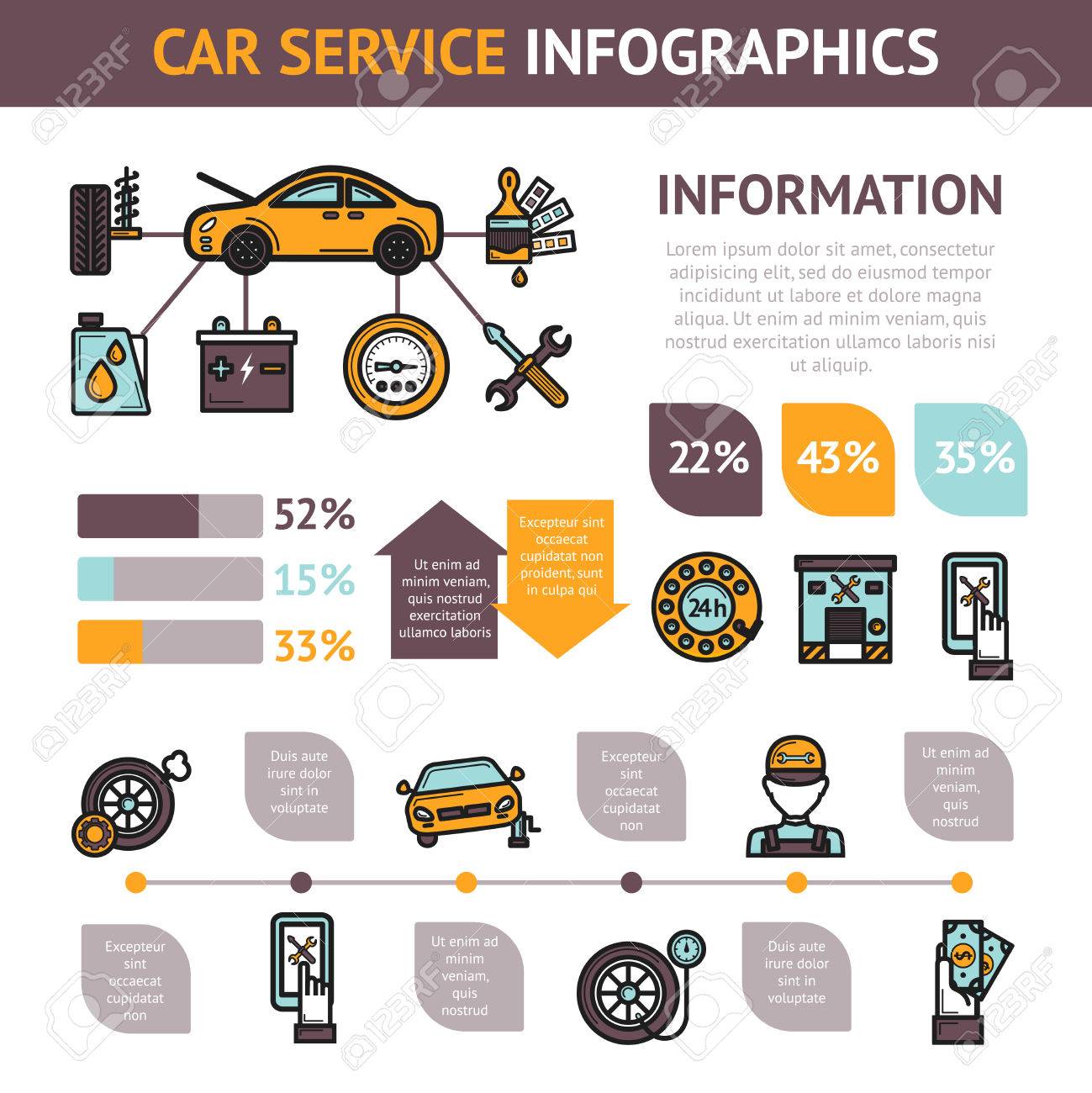Eager To Understand What The Control Panel Warning Lights In Your Vehicle Symbolize? Explore Their Meanings For The Wellness And Safety Of Your Lorry
Eager To Understand What The Control Panel Warning Lights In Your Vehicle Symbolize? Explore Their Meanings For The Wellness And Safety Of Your Lorry
Blog Article
Posted By-Lauritsen Dalgaard
When you're behind the wheel, those beautiful caution lights on your control panel can be a bit complicated. Do you understand what they're trying to inform you about your cars and truck's wellness? Understanding the importance of these lights is important for your security and the durability of your car. So, the following time one of those lights turns up, wouldn't you wish to understand its message properly and take the necessary actions to address it?
Common Warning Lighting and Interpretations
Identify common warning lights in your cars and truck and comprehend their meanings to make certain risk-free driving.
The most normal warning lights consist of the check engine light, which signals problems with the engine or exhausts system. If this light comes on, it's vital to have your vehicle examined promptly.
The oil pressure cautioning light indicates reduced oil pressure, needing immediate interest to avoid engine damage.
A blinking battery light may recommend a damaged billing system, possibly leaving you stranded if not resolved.
The tire stress tracking system (TPMS) light notifies you to reduced tire pressure, affecting car security and fuel performance. Ignoring this can bring about harmful driving conditions.
The abdominal light indicates an issue with the anti-lock stopping system, endangering your ability to stop quickly in emergencies.
Last but not least, the coolant temperature alerting light warns of engine getting too hot, which can result in serious damage otherwise settled swiftly.
Understanding https://transmission-fluid-change06283.blue-blogs.com/36665786/a-decade-of-progression-in-vehicle-describing-techniques will certainly assist you attend to issues promptly and maintain safe driving problems.
Relevance of Prompt Focus
Recognizing the common caution lights in your vehicle is just the very first step; the significance of promptly dealing with these cautions can't be highlighted enough to guarantee your safety and security on the road.
When a caution light brightens on your dashboard, it's your cars and truck's means of communicating a prospective issue that needs focus. Ignoring these warnings can cause extra severe problems down the road, endangering your security and possibly costing you much more in repairs.
Motivate focus to alerting lights can stop breakdowns and crashes. As an example, a blinking check engine light might show a misfire that, if left neglected, can trigger damage to the catalytic converter. Resolving this promptly can conserve you from an expensive repair work.
Similarly, a brake system cautioning light might signal reduced brake liquid or used brake pads, critical elements for your safety when driving.
Do It Yourself Troubleshooting Tips
If you observe a warning light on your control panel, there are a few do it yourself repairing suggestions you can try before seeking professional aid.
The first step is to consult your cars and truck's guidebook to comprehend what the certain caution light suggests. In some cases the issue can be as simple as a loose gas cap activating the check engine light. Tightening up the gas cap may resolve the trouble.
Another typical concern is a reduced battery, which can trigger various cautioning lights. Checking the battery links for deterioration and guaranteeing they're protected could fix the problem.
If a caution light lingers, you can try resetting it by disconnecting the cars and truck's battery for a couple of minutes and afterwards reconnecting it. In addition, examining your car's liquid levels, such as oil, coolant, and brake fluid, can assist fix alerting lights connected to these systems.
Final thought
In conclusion, understanding your auto's caution lights is necessary for maintaining your car running smoothly and safely. By promptly addressing these informs and knowing what they imply, you can prevent pricey repair services and prospective breakdowns.
https://www.mercurynews.com/2022/01/28/tips-to-prevent-rats-from-ravaging-your-cars-wiring-roadshow in mind to consult your vehicle's guidebook for specific information on each alerting light and act accordingly to ensure a hassle-free driving experience.
Remain informed, stay risk-free on the road!
